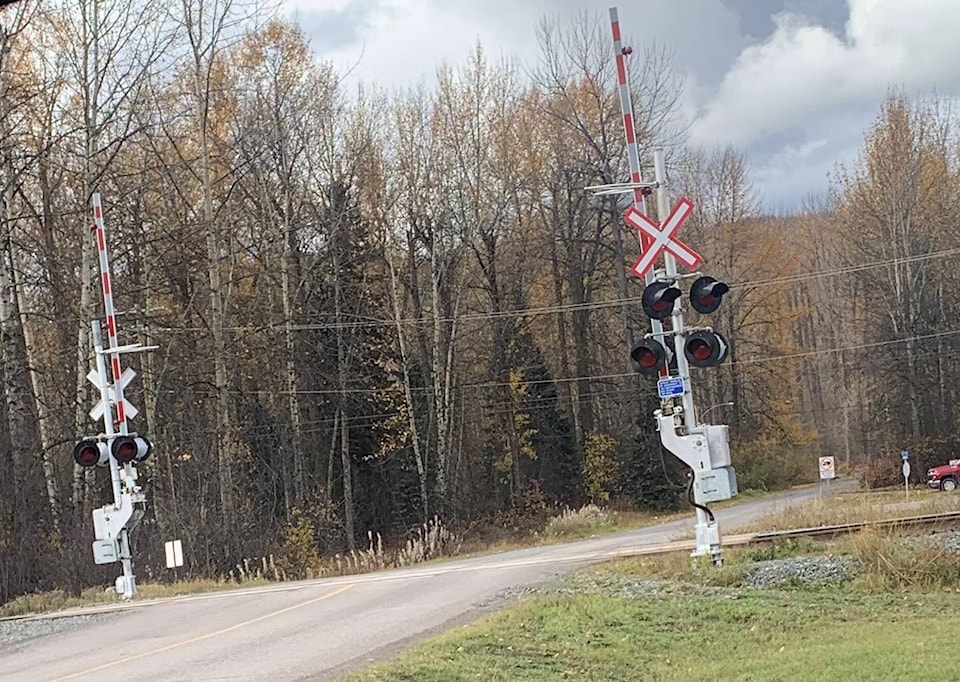The District of Houston’s long standing desire to stop CN crews from blowing their whistles at the Benson Ave. level crossing dates back more than a decade.
And the steps laid out to have crews stop using their whistles are not CN’s doing but rather with Transport Canada, the federal body which regulates all forms of travel and transportation.
Transport Canada itself recognizes that “train whistling can be bothersome to people living close to public grade crossings. As a result, some municipalities may wish to end train whistling to provide those residents with some relief from the noise.”
For its part the District of Houston has had to first express an interest in having whistling stopped, meet with rail companies to determine if the request is reasonable, give public notice of its intent to ask rail companies to stop whistle blowing and then, with rail companies, make necessary safety and other improvements to correspond with Transport Canada regulations and standards.
A first step to determine what was needed came in 2010 when CN officials told the District a first step wuld be to install crossing arms, indicates a briefing note provided to council Oct. 3.
It was not until 2017 that the District council approved a $150,000 budget but when told the work required could cost up to $400,000, the project was shelved until a grant from a senior government could be obtained.
The following year, 2018, the District commissioned an engineer’s report which outlined in detail what needed to be done.
That included upgrading pavement and pads at the crossing, improving sight lines for parking at the church so that motorists can see warning lights, clearing obstructions, new gates with lights and bells and, finally, full fencing on both sides of the track for 400 metres.
Council approved of a spending package in 2020 based on a federal grant for 50 per cent of the cost of the crossing arms and flashing warning signals.
Major portions of what was needed were completed in 2022 at a cost of $519,510 with the grant covering $408,368.
All that was left was the fencing and council approved of spending up to $100,000 from the District surplus at its Oct. 3 meeting.
With fencing installation expected to be completed by the end of the year, the District and CN will then “confirm the location complies with all safety requirements,” indicates information provided by CN.
The council will then pass a final resolution for whistle stopping and inform those with an interest.
After that step is complete, CN crews will stop using whistles.
“Once whistle cessation is in place, District will be advised,” said CN.
CN and Transport Canada do add that crews will use whistles if they do observe safety risks on the track.
